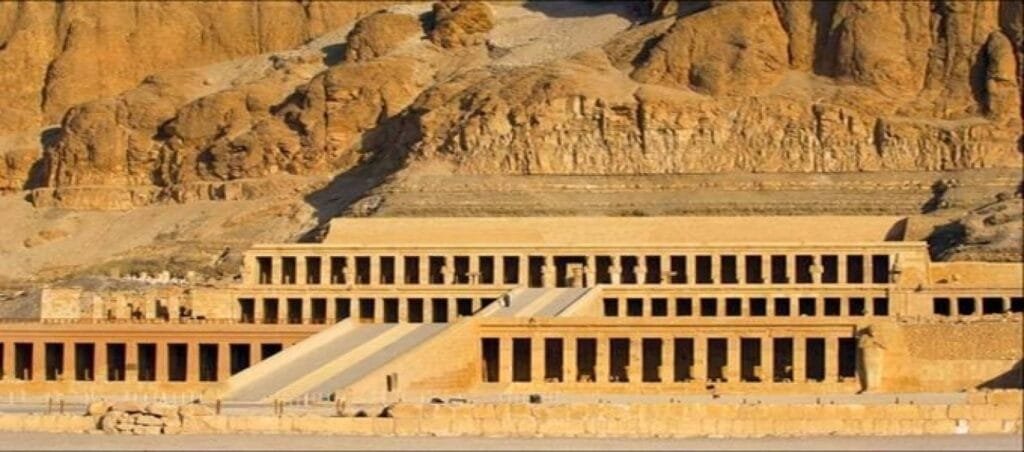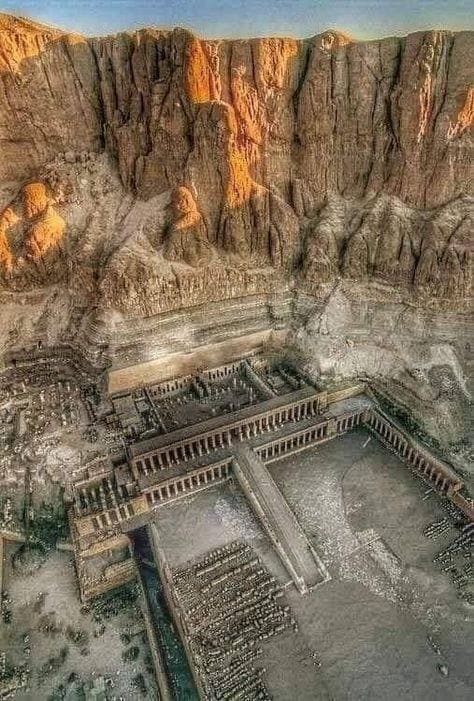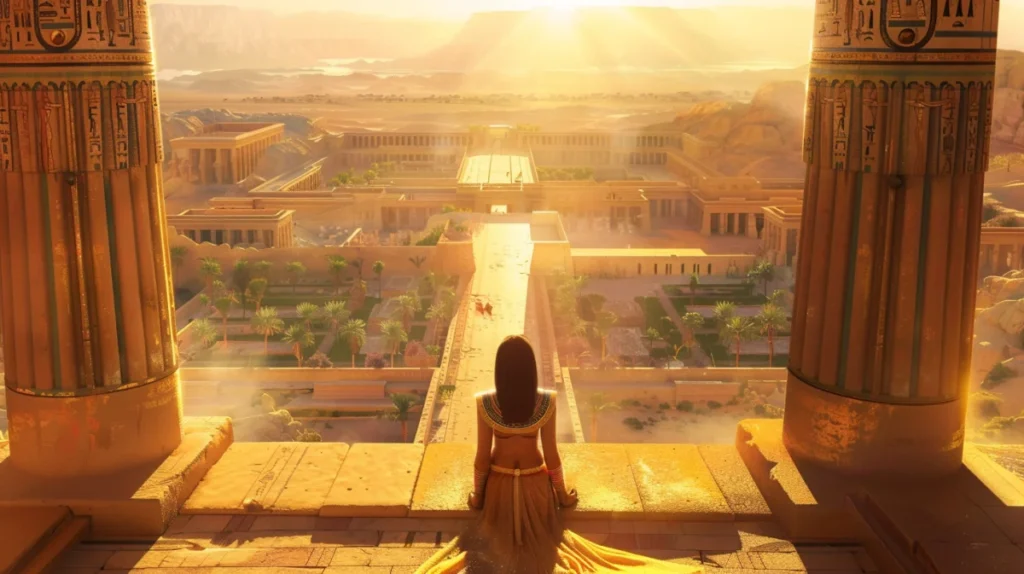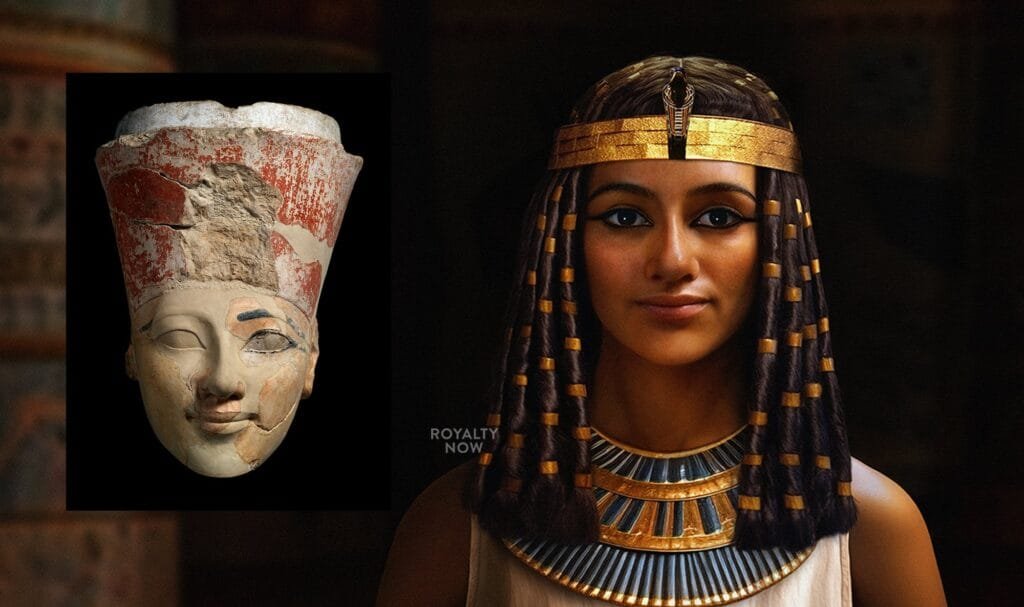The Temple of Hatshepsut, located on the West Bank of Luxor, is a striking monument dedicated to one of ancient Egypt’s most powerful and extraordinary rulers, Queen Hatshepsut. As the first female pharaoh of Egypt, Hatshepsut’s reign during the 18th Dynasty (approximately 1479–1458 BCE) is remembered for its wealth, peace, and prosperity. The temple, also known as Djeser-Djeseru, meaning “Holy of Holies,” was constructed to honor the god Amun-Ra, the king of the Egyptian gods. It also served as a funerary temple for Hatshepsut herself. Built against the backdrop of the towering cliffs of the Theban Mountains, the temple’s architecture reflects a harmonious blend of Egyptian religious tradition and Hatshepsut’s vision as a ruler.
The structure consists of three grand terraces, linked by ramps, with each level providing a broader view of the temple grounds and the surrounding desert. The design of the temple deviated from traditional temples of the time, giving it a unique character. It was constructed with limestone and sandstone, ensuring both durability and a dramatic aesthetic. Its sheer scale and grandeur emphasize the importance of Hatshepsut’s reign and her efforts to legitimize her authority as a pharaoh. The Temple of Hatshepsut is not only an architectural masterpiece but also a testament to Hatshepsut’s achievements, marking her as one of Egypt’s most successful and powerful female rulers.








